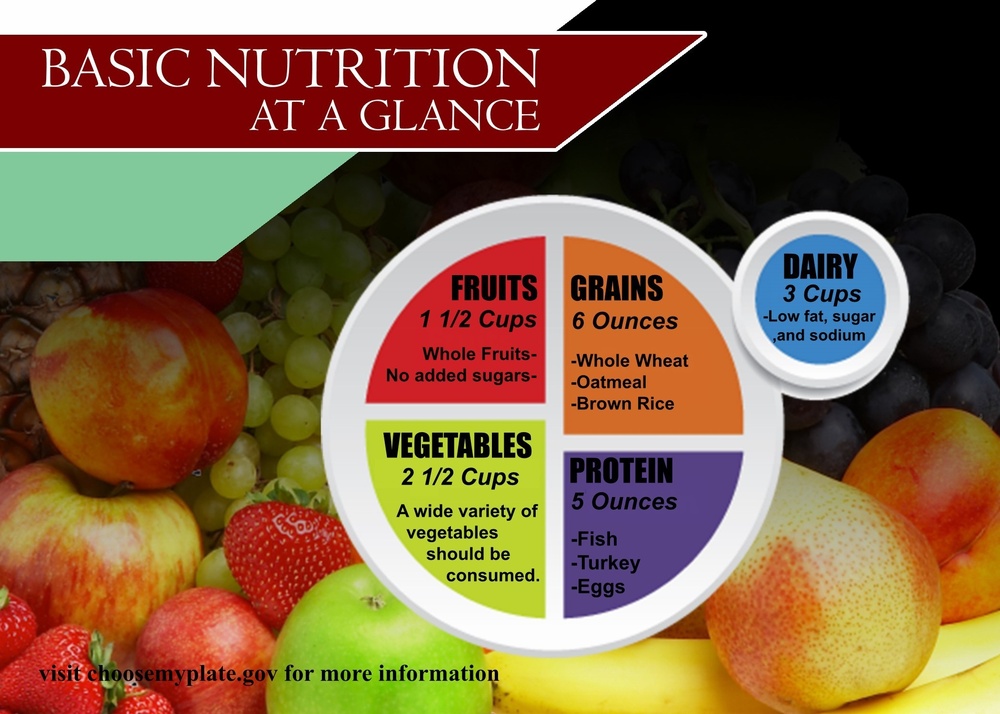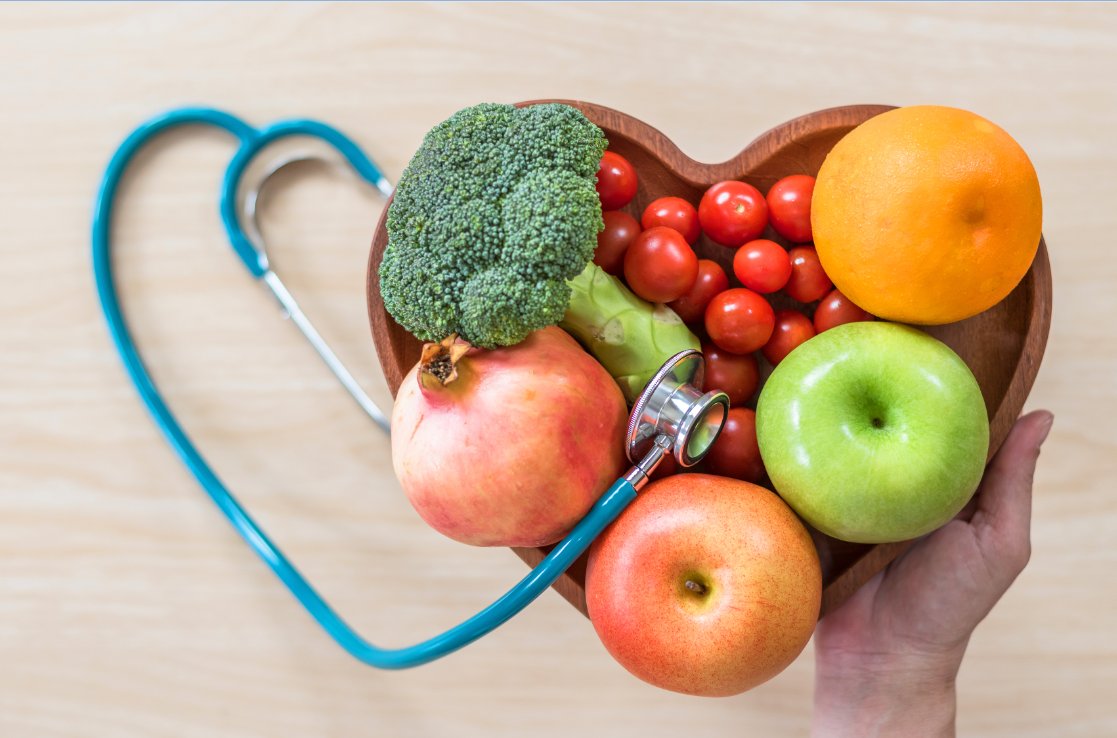Healthy eating is one of the most powerful steps you can take toward more energy, vitality, and long-term health.
If you’re feeling tired, sluggish, or not performing at your best, it might be time to take a closer look at what’s on your plate.
Shifting your focus to nutrition and mindful food choices can help you feel stronger, think clearer, and live more vibrantly.
This complete guide will walk you through practical tips, meal plans, and science-backed strategies for everything from weight loss to immune support.
It’s time to start eating smarter—not harder.
:max_bytes(150000):strip_icc()/Health-Stocksy_txp1d4975771ka300_Medium_4480874-c785e3bf160746dda21950ac71aca05a.jpg)
Why Nutrition and Healthy Eating Matter
What you eat directly impacts how you feel—physically, mentally, and emotionally.
Proper nutrition fuels your body, sharpens your mind, and protects against chronic diseases.
Healthy eating isn’t just about counting calories or losing weight; it’s about giving your body the essential vitamins, minerals, and nutrients it needs to thrive every day.
👉 Learn more from trusted sources like the Harvard School of Public Health and the World Health Organization’s nutrition guide.
Healthy Eating Meal Plans for Weight Loss
Achieving a healthy weight doesn’t have to mean giving up flavor or satisfaction.
The goal is to create a sustainable, balanced meal plan that supports your lifestyle and goals.
Tips for success:
-
Focus on lean proteins (chicken, fish, tofu, eggs).
-
Fill half your plate with fiber-rich vegetables.
-
Choose whole grains like brown rice or quinoa instead of refined carbs.
-
Use meal prepping to avoid last-minute takeout temptations.
💡 Try apps like MyFitnessPal or Cronometer to track your nutrition and calories effectively.
Energy-Boosting Foods for Better Nutrition
If you often feel low on energy, your diet might be the reason.
The right foods can help stabilize blood sugar and improve focus throughout the day.
Energy-boosting foods include:
-
Iron-rich options like spinach, lentils, and red meat
-
B vitamins from eggs, poultry, and whole grains
-
Complex carbs such as oats and sweet potatoes
-
Hydrating fruits like oranges and berries
Starting your day with a balanced breakfast—like oatmeal topped with nuts and fruit—can set the tone for steady energy all day.
Low-Carb Lunch Ideas for Smart Healthy Eating
Low-carb doesn’t mean low enjoyment.
Try these easy, flavorful lunch ideas that reduce carbs while keeping nutrients high:
-
Lettuce wraps with grilled chicken or turkey
-
Zucchini noodles with pesto and shrimp
-
Vegetable bowls with avocado, chickpeas, and olive oil
-
Egg muffins with spinach and cheese for meal-prep ease
These meals are light yet filling—perfect for maintaining focus and avoiding the afternoon energy crash.
Plant-Based Diet for Beginners
Thinking about transitioning to a plant-based lifestyle? Start small and build gradually.
You don’t have to become fully vegan overnight—just focus on adding more plants to your plate.
Beginner steps:
-
Swap meat for beans, lentils, or chickpeas a few times a week.
-
Explore tofu, tempeh, or seitan as protein alternatives.
-
Eat a rainbow of fruits and vegetables for a variety of nutrients.
-
Supplement with vitamin B12 if you’re fully plant-based.
Read more at The Plant-Based Dietitian or EatRight.org.
Healthy Eating Snacks for Work or Study
Smart snacking keeps your energy stable and your brain focused.
Avoid sugary, processed snacks and choose nutrient-rich options like:
-
A handful of almonds or walnuts
-
Greek yogurt with berries
-
An apple with peanut butter
-
Carrot sticks with hummus
These snacks combine protein, healthy fats, and fiber, keeping you full and productive between meals.
Intermittent Fasting for Beginners
Intermittent fasting (IF) is gaining popularity for its simplicity and potential health benefits.
It’s not about what you eat—but when you eat.
For beginners:
-
Start with a 12-hour fast overnight (e.g., 8 PM to 8 AM).
-
Gradually move to a 16:8 plan (16 hours fasting, 8-hour eating window).
-
Focus on balanced meals during eating periods.
-
Stay hydrated and avoid sugary drinks.
Always consult your doctor before starting fasting if you have health conditions.
Immunity-Boosting Foods List
Your immune system depends heavily on your diet.
Strengthen your body’s defenses with these key vitamins and nutrients:
-
Vitamin C: citrus fruits, bell peppers, kiwi
-
Zinc: seeds, lentils, shellfish
-
Vitamin E: nuts, spinach, sunflower seeds
-
Probiotics: yogurt, kimchi, and kefir for gut health
🧡 Eating a variety of colorful foods ensures your immune system has everything it needs to protect you year-round.
Frequently Asked Questions (FAQ)
Q: Do I need to count calories to lose weight?
A: Not necessarily. Focusing on whole, nutrient-dense foods and mindful portion sizes can be equally effective.
Q: Are all low-carb diets the same?
A: No. Some are very restrictive (like keto), while others are more balanced. Choose an approach you can maintain long term.
Q: Can a plant-based diet provide enough protein?
A: Absolutely. Lentils, quinoa, tofu, and beans offer plenty of protein for most people’s needs.
Final Thoughts on Healthy Eating
Healthy eating isn’t about perfection—it’s about progress and consistency.
Each nutritious meal you choose supports better energy, mood, and longevity.
Start small, stay curious, and let every meal be a chance to nourish your body and mind.
For personalized guidance, consider speaking with a registered dietitian or visiting Nutrition.gov.

:max_bytes(150000):strip_icc()/VWFit-Meal-Plan-Journey-1-Week-Healthy-and-Balance-Meal-Plan-6ee43578918947a4b687922d614f2be3.jpg)
